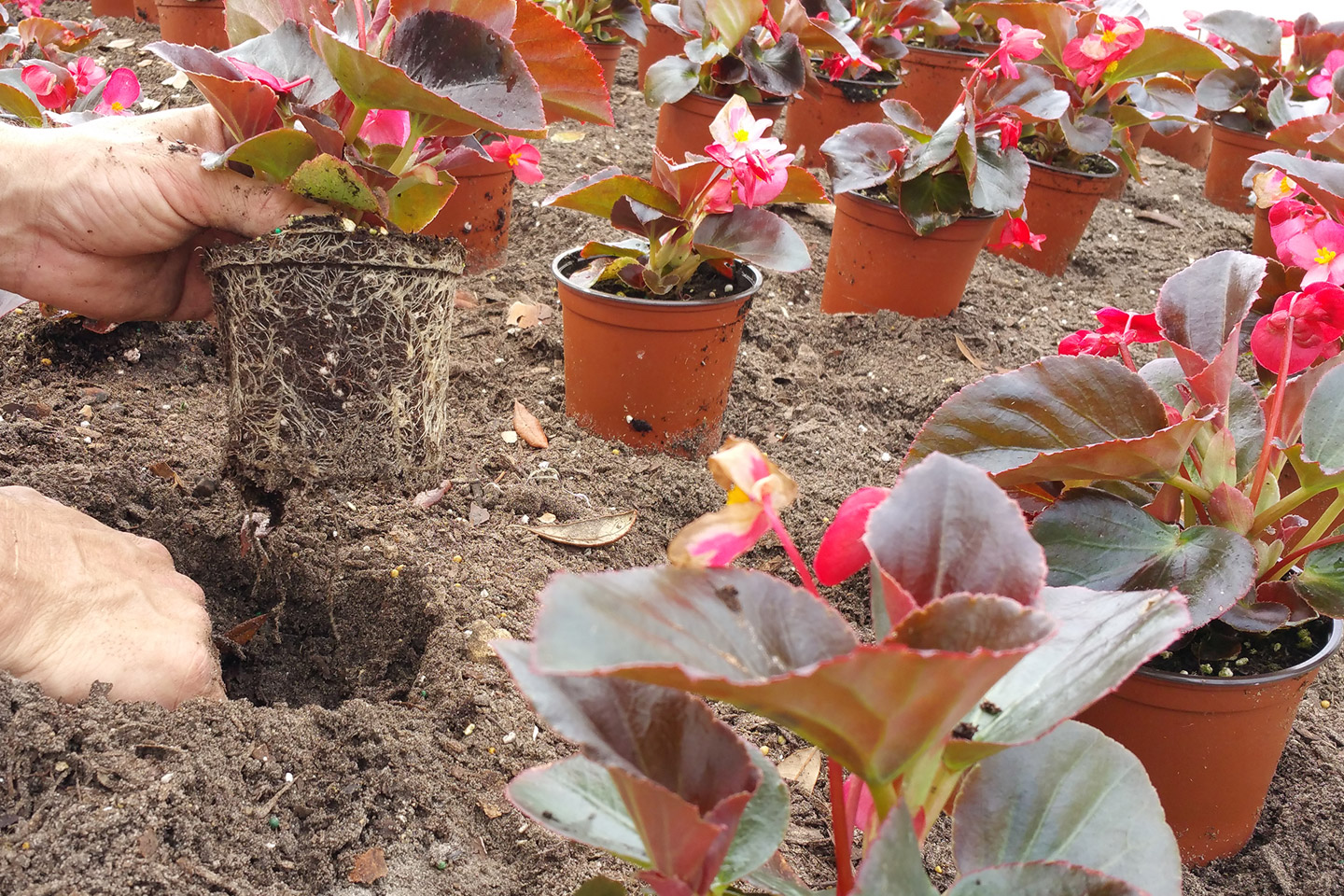Are the USDA Hardiness Zones Important for Florida? - Sit Down with CEPRA
Florida is famous for our colorful lush tropical landscapes. However, a cold snap or unanticipated freeze can severely damage your landscape if the USDA zones were not kept in mind when choosing the plant material. The best way to achieve success with a sustainable landscape is to understand these planting zones. The Department of Agriculture has designated four zones in Florida—8 a & b, 9 a & b, 10 a & b, and 11a.
These USDA zones provide a valuable tool for assisting us to know where plants, trees and palms will be cold hardy based on the average lowest yearly temperatures. Each zone is calculated on a 30-year average of your area's coldest temperatures. This guide will help you choose the plants that are best suited to survive our Florida winter.
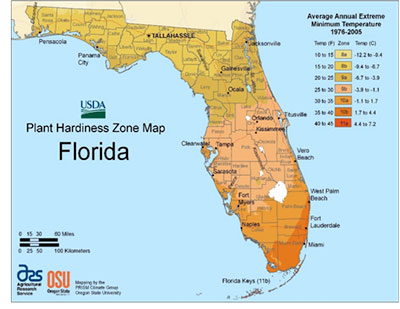
Florida's four USDA zones are broken down as follows:
Zones 8a–8b: includes much of the Panhandle such as Destin, Tallahassee, and parts of Panama City with average low temperatures averaging from 10-to-20-degree Fahrenheit.
Zones 9a and 9b: encompasses the coastal Panhandle cities of Pensacola and Panama City and much of the top two-thirds of the state averaging low temperatures from 20 to 30-degree Fahrenheit. Cities include Jacksonville, Gainesville, Ocala, Orlando, Kissimmee, and Lakeland.
Zone 10a and 10b: covers many of the coastal cities such as Tampa, Clearwater, Naples, Vero and West Palm Beach, Ft. Lauderdale and parts of Sarasota and Miami. The average low temperatures range from 30 to 40-degree Fahrenheit.
Zone 11a and 11b: consists of the remainder of Miami and the Florida Keys. The temperatures range from 40 to 50-degree Fahrenheit.
These planting zones offer a practical reliable tool for selecting the appropriate plants for a given area. But keep in mind that despite sharing the same zone- the differences from living along the coast versus a few hours inland can yield significantly different temperatures. There are also microclimates that exist that will have an impact on the high and low temperatures that your plants will experience.
It can be difficult to provide the tropical lush look Florida is known for in zones 8 and 9. It's best when adding tropical or subtropical plants to the landscapes to use them minimally and as accent plants. Although unique and colorful, a plant palette that is successful in Miami, or even Naples or Ft. Meyers, will not make it through many winters once you get close to Orlando or further North. It may be more cost effective to add color to your landscape with the use of seasonal annual flowers or colorful container plantings that can be routinely changed out.
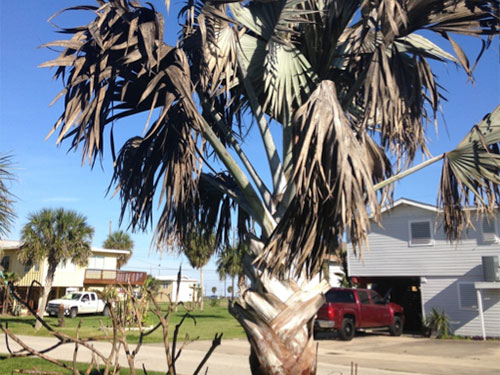
Bismarck Palm showing signs of frost damage when planted too far North.
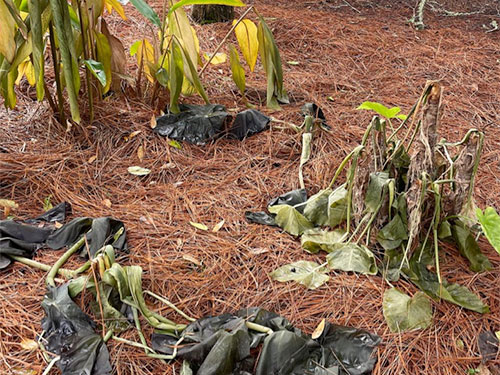
Freeze Damage on tropical plantings after a hard freeze, a common sight in Central to North Central Florida.
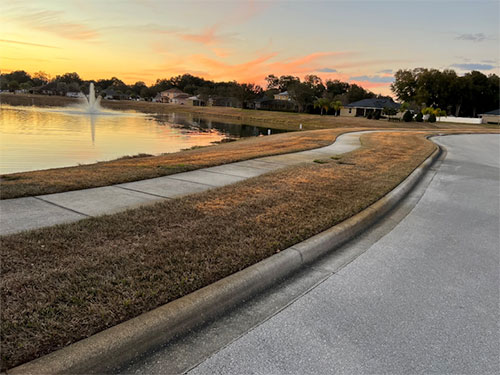
Even our turfgrasses can show signs of frost damage after a significant cold snap. St. Augustine will generally bounce back but there have been signs of winter kill during extreme cold periods in Central Florida.
Take a look at the plant hardiness zones and ask your landscaper, nurseryman, or gardener about the hardiness of the proposed plantings to make sure you are installing the "right plant in the right place."
Interactive maps for a given location can be found at the USDA website. Use the USDA plant zones as a guide, but also consult UF/IFAS and Florida-Friendly Landscaping™ materials to refine your plant choices.
